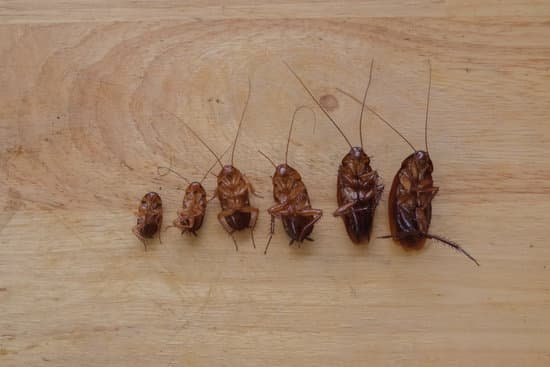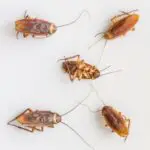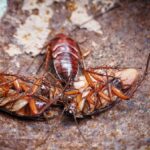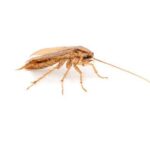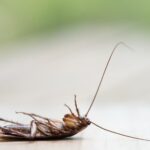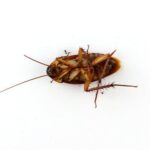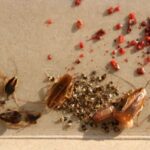Can Cockroach Produce Milk?
The Pacific beetle cockroach, scientifically known as Diploptera punctata, is one species of cockroach that can produce milk. This milk is rich in essential amino acids, fats, and sugars. It contains three times the energy content of the same mass of milk from cows. Cockroaches use the milk to feed their live young.
There are many questions surrounding cockroach milk. First, cockroaches can only produce so much milk. Secondly, they require a large number of cockroaches to produce a certain amount of milk. Lastly, the process of milking a cockroach requires many cockroaches, which is why the milking process is not practical yet.
Despite these problems, there are many benefits of cockroach milk. It provides carbohydrates, fat, vitamins, minerals, and all nine essential amino acids, making it a healthy alternative to dairy milk. However, research into this product is still incomplete, and it is unlikely to hit the supermarket shelves anytime soon.
The process of harvesting cockroach milk is time-consuming and labor-intensive. It takes up to a half-day for one person to harvest milk from a single cockroach. Additionally, cockroach milk contains a lot of energy and would require many harvests to produce just a little glass.
The Pacific beetle cockroach is the only known cockroach species that can produce milk. All other species do not give birth to live young and therefore do not produce milk. Researchers have found that the protein crystals found in insect milk contain three times the energy of cow or buffalo milk.
